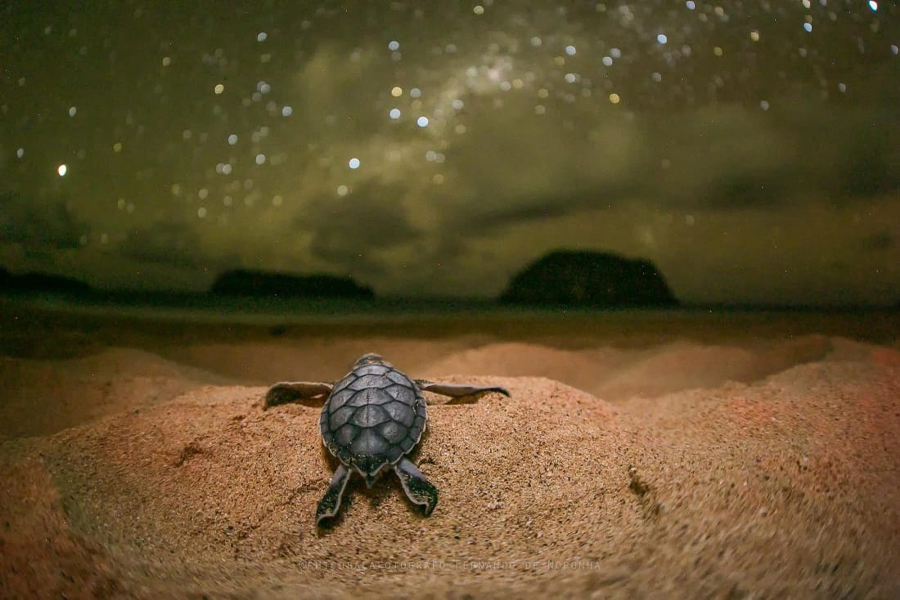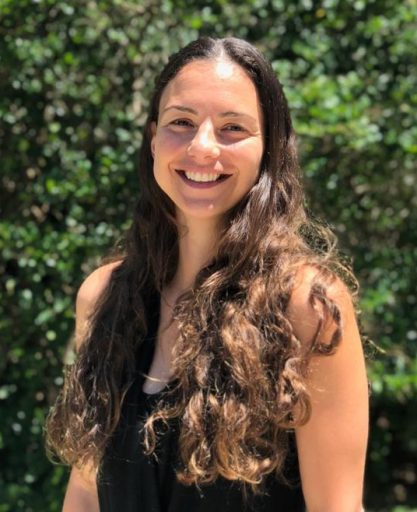
June 16 is World Sea Turtle Day, an occasion to consider the role these creatures play in the marine ecosystem.

Florida State University Associate Professor Mariana Fuentes researches sea turtles and looks for ways to help turtles and humans coexist. She answered five questions about her work and how science can help inform public policy.
Tell me about the focus of your research.
The research we conduct at the Marine Turtle Research, Ecology and Conservation Group here at Florida State University looks at collecting biological and ecological data to inform the management and conservation of sea turtles. We work across all the different life stages of sea turtles, from hatchlings to nesting sea turtles, and we have projects, both in water and also on land at sea turtle nesting grounds. The focus of our work is to better understand the impacts of different human factors on sea turtles. For example, we have projects that are looking at the impacts of vessel strikes, climate change and coastal development. The idea is to get a better sense of how those activities are impacting sea turtles and to help mitigate threats.
Does your research point toward any possible solutions?
Solutions will vary across space and time as sea turtles are impacted differently across the globe. Our work looks at ways we can mitigate impacts to sea turtles on regional to global scales. We also work with various stakeholders to understand the human dimension of how threats are being posed. For example, we have a project now looking at the lethal and non-lethal impacts of vessel strikes. We are looking at how the behaviors of sea turtles are changing because of those interactions with vessels. We’re always working with fishermen to better understand how they’re reacting when they see sea turtles and what management strategies they would more likely comply with to reduce those threats. Ultimately, we need to find that balance between development, the threats that we are causing and conservation.
Sea turtles are a keystone species. What does that mean and why is it important?
This means they are very important for ecosystems, and if they are taken out of the oceans by going extinct, there would be cascading effects to the entire ecosystem. They influence the habitat and the systems they interact with as well as the animals around them.
There are seven species of sea turtles, and each has a unique role within their habitat. For example, green sea turtles help maintain healthy seagrass beds, leatherback turtles help maintain healthy jellyfish numbers, and hawksbill turtles help maintain sponge numbers in coral reefs. If we were to take turtles away from the ecosystem, that would have drastic impacts on the whole marine system.
What is something from your work that has surprised you?
What surprises me the most is that even though we generally have knowledge of the impacts that humans have on our ecosystems, we are not doing much about it. Of course, there are lots of people who are environmentally conscious and are thinking more about their day-to-day decisions and how they impact the environment, but with the knowledge we have now, it is surprising that more people don’t change their behavior. I’m thinking not only about the ecological roles of the environment, but also the financial implications for us in the future. Considering vessel interactions with marine species, which is the subject of one of my proposed research projects, what can we do to encourage people to comply with go-slow zones or to consciously avoid interactions with animals or degrading the environment? There are little things that can be done that would make a difference.
What is your favorite part of conducting research?
Making a difference. The research from my lab has informed management conservation at different levels. For example, we have identified impacts that if managed would maximize conservation of turtles. We’ve also identified areas that should be designated as protected areas to increase conservation. Knowing that we’re making a difference, even if it’s at a regional level, is something that I find very rewarding and drives my research program.




